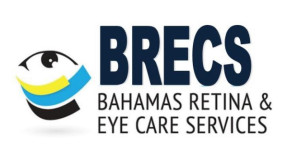GLAUCOMA SCREENING
Glaucoma is the most common optic neuropathy in the adulthood. Glaucoma is defined as an optic neuropathy associated in most cases with elevated intraocular pressure (although pressure may be within the normal range), with or without anatomic predisposing factors in the anterior chamber (open angle vs angle closure). The American Academy of Ophthalmology has defined Glaucoma as ” a multifactorial optic neuropathy with a characteristic acquired loss of optic nerve fibers” which is usually (but not necessarily) identified in visual field exam and retinal fiber OCT. This cluster of diseases is progressive without appropriate treatment, and unfortunately the damage is irreversible. Primary Open Angle Glaucoma is the most common form of this cluster of diseases.
There has been emphasis on glaucoma screening, since most of the times there is an insidious start of the disease (with no clear start point, POAG), and progression may be slow and unnoticed to the patient. In addition to that, there is a recognized stage of the disease in which patients are apparently in a pre-perimetric (before loss of the visual field is present) stage, bringing a challenge to the diagnosis and screening techniques.
The purpose of glaucoma screening tests is to detect those with early stage disease, so that these patients can be treated to reduce the risk of visual field loss.



